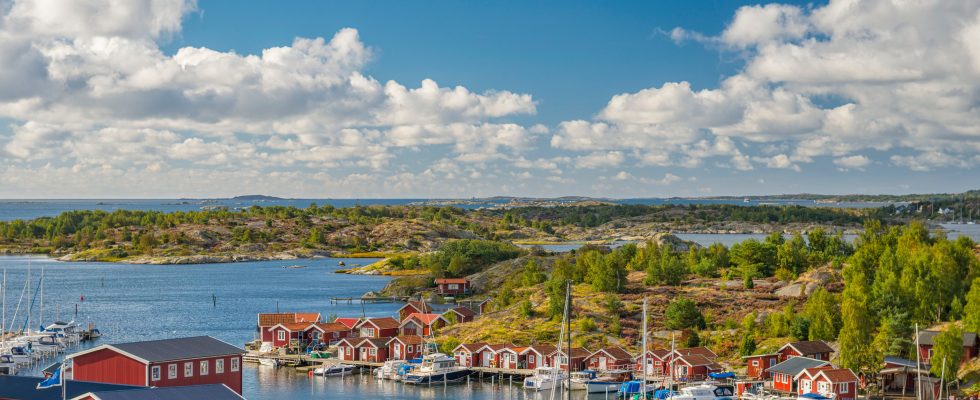Today, you will never travel like before. This could be an advertising slogan post Covid-19 pandemic. The French have regained their taste for traveling but are looking to escape differently. No more trips that are too far away and too classic, make way for less frequented and rarer destinations.
For his last tourism promotion campaign, Sweden chose the slogan “Welcome to Sweden (not Switzerland)”. The spot, full of humor, pursues two objectives: to remind that the Scandinavian kingdom should not be confused with the Swiss territory (a mistake which seems to persist) and above all to emphasize its true wealth: nature.
The entire tourism equation of the country is summarized here. Sweden suffers from an image deficit, even though it has an environment which constitutes its true luxury. Less famous than Norway – with its world-famous fjords – and Finland – the flagship destination for Lapland lovers – the country is nevertheless not lacking in attractions. Sweden thus offers three leading cities – Stockholm, Gothenburg and Malmö – which emphasize its environment, culture, design and gastronomy and are located by the sea, as close as possible to nature. “It is also a country of vast forests, lakes and immense arctic expanses. Add a modern lifestyle and you have a good idea of what the country is like,” summarizes Nils Persson, marketing director of Visit Sweden .
Two capital cities
Unsurprisingly, Stockholm and Gothenburg top the list of visitors’ favorite regions. On the map of Stockholm, the green of the parks and the blue of the Baltic, sprinkled with the thousands of islands of its archipelago, are omnipresent. Those who discover the Swedish capital begin by marveling at its atmosphere, with its old town, its restaurants, its museums and the astonishing underground metro. On the west coast, Gothenburg stands out as the gateway to the Bohuslän coastline, a region popular in summer for its baths in the fjords, its islands and its iodine spray.
Next comes Swedish Lapland. This white territory of more than 100,000 square kilometers remains one of the last great wild regions of Western Europe. On the program: cycling and snowmobiling on the frozen Baltic Sea, dog sledding trips – with the only sound of the skates sliding on the wadding of the snow –, northern lights, discovery of the Sami and their herds of reindeer… A pure happiness.
More discreet regions are added to the list. In the center of the country, Dalarna, nicknamed “Sweden in miniature”, concentrates national icons. As for the Göta Canal, it connects to the immense Vänern and Vättern lakes to cross the country from east to west, from Gothenburg to Stockholm. Having fallen into disuse for a while, it is being rediscovered by river tourism enthusiasts and cyclists, who happily pedal along its towpaths.
An obvious playing card
“In the public’s mind, Sweden still remains above all a summer destination,” says Stéphanie Thévenon, head of Nortours, a tour operator specializing in Scandinavia.. In summer, activity focuses on the south and Stockholm, one of the most liveable capitals on the peninsula. But the country also has an obvious card to play in winter with Swedish Lapland, which is much less touristy than Finnish Lapland while offering the same landscapes and a comparable atmosphere.
In 2022, overnight stays from French visitors will be close to 350,000. While waiting for better: “The public wants new destinations and Sweden, if it remains in the shadow of Norway and Finland, is getting more attention for some time”, comments Frédéric Simon, Europe director of Nomade Aventure. The tour operator, which offers kayak, train, hiking and cycling itineraries, is preparing to launch a rail circuit between Stockholm and the Norwegian coast, facing the Lofoten Islands.
